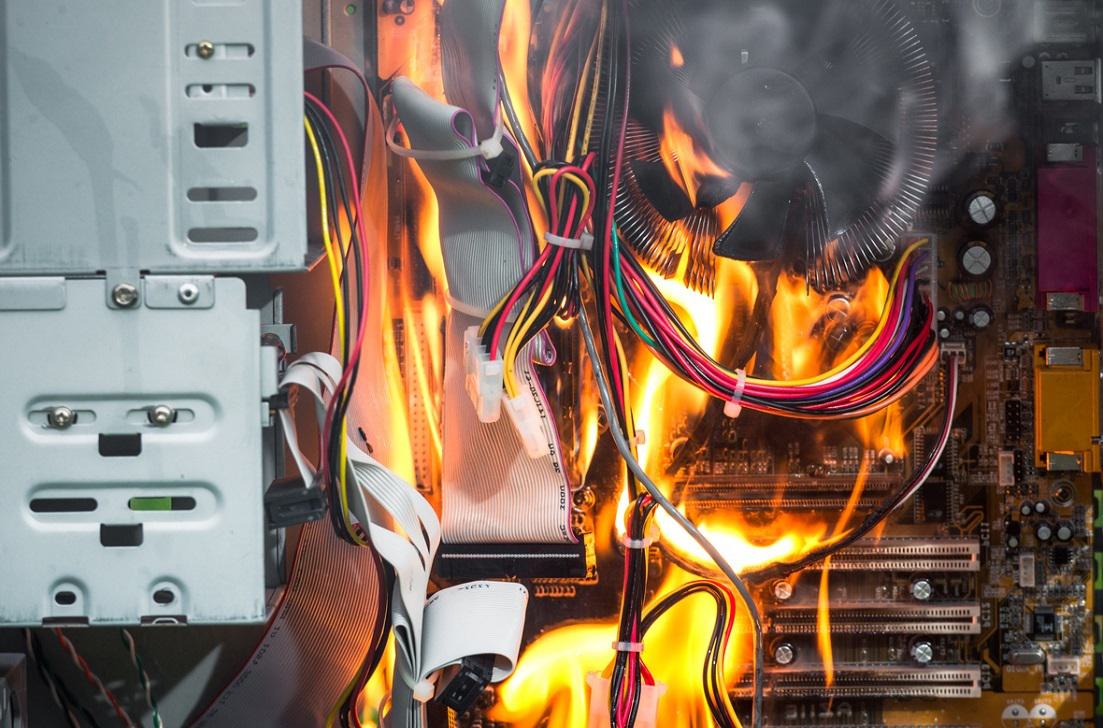What is an arc flash?

Three employees were recently hurt in an explosion at a Google data center, reportedly caused by an “arc flash.” What exactly is an arc flash and how often does it happen? Here’s what you need to know.
Arc flashes are types of electrical explosions. They can generate intense heat, as much as 35,000 degrees—a temperature that can even melt electrical equipment. An arc flash can be caused by a number of factors, including dust particles in the air, condensation, corrosion, or material failure. It also could be caused by human error, such as improper electrical system design, faulty installation, or negligent maintenance. Even accidentally dropping a tool or touching a live circuit could create an arc flash.
The Google incident happened at one of the world’s largest data center campuses, when three workers were attempting to access an electrical cabinet. The employees all needed hospitalization.
The American Society of Safety Engineers reports that more than 3,600 workers are victims of disabling burn injuries. The National Fire Protection Association (NFPA) introduced regulations in 2012 to limit the situations where technicians are working with energized equipment. The Uptime Institute provides an overview of safe practices to meet OSHA and NFPA standards and help prevent arc flashes.
In addition to worker safety concerns, arc flashes can have far reaching implications. A 2009 incident at Fisher Plaza in Seattle disabled a major online payment gateway. Caused by an insulation failure, it cost $6.8 million to remediate and repair. Since the data center industry works with power infrastructures handling enormous amounts of electricity, it makes this industry especially susceptible to arc flashes and other electrical hazards.
If you or a loved one has been injured in an accident in the home or workplace would like to talk to an attorney experienced in litigation involving explosions and burn injuries, please contact us to set a time to discuss your legal options.

